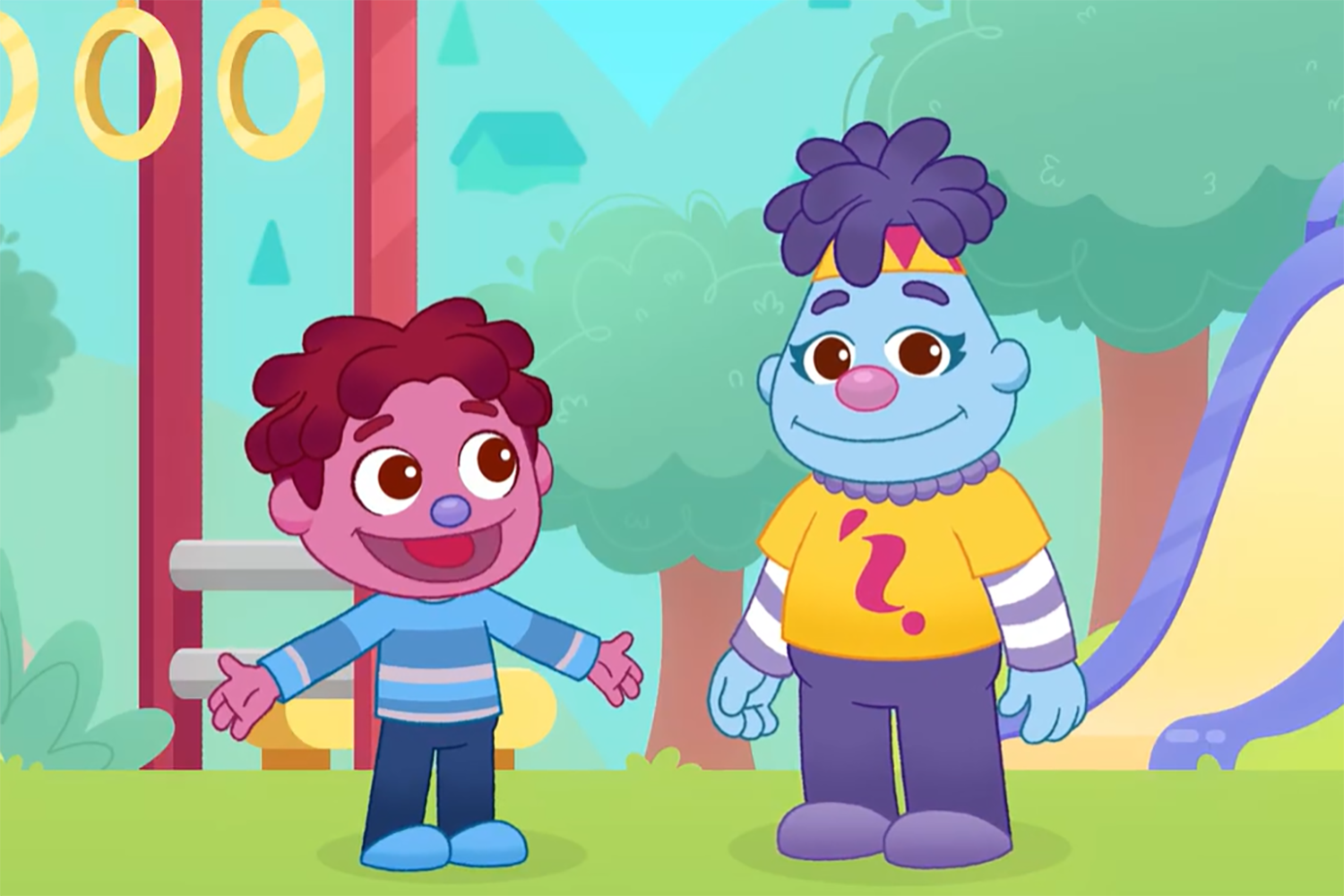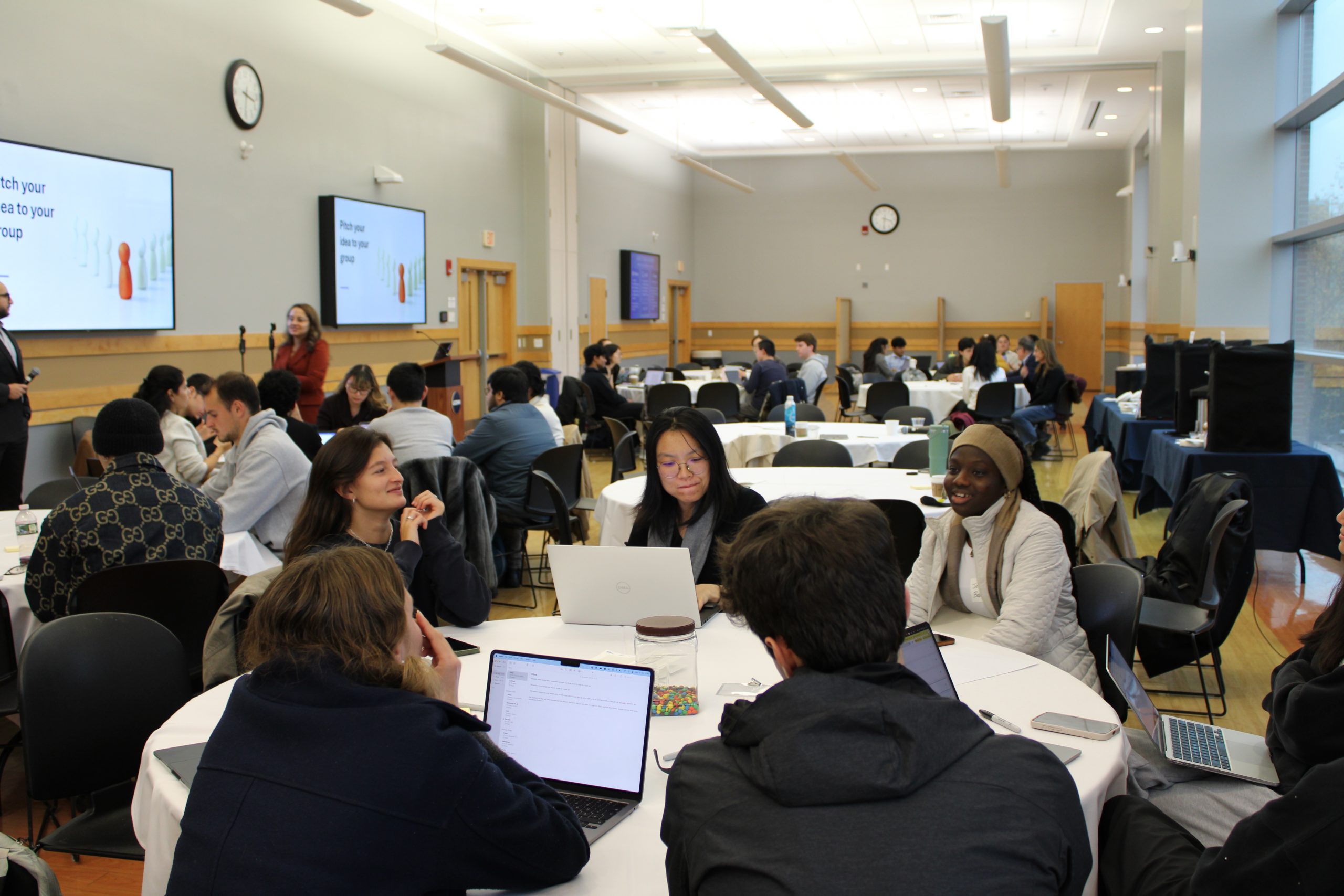
In light of a recent critique that American higher education is adrift, the dean of CLAS finds that setting a true course requires re-balancing priorities.
By Jeremy Teitelbaum, Dean
College of Liberal Arts and Sciences
The sociologists Richard Arum and Josipa Roksa have touched a nerve in American higher education with their recent book Academically Adrift. Citing sources as diverse as Margaret Spelling and the AAUP, they argue that developing a student’s command of critical thinking, complex reasoning, and effective writing is the most important product of a college education. Then, they present statistical results showing that a lack of academic focus by students and low expectations by faculty mean that students don’t improve very much in these areas during their first two years of college. Responding to this critique in a meaningful way raises some deep questions about how we manage resources at UConn and in the College of Liberal Arts and Sciences.
Arum and Roksa see the failure to develop critical thinking skills in college students as a crisis in undergraduate education. They argue that this failure goes to the heart of American universities’ role in economic development. There is plenty of evidence to support the argument that UConn’s most direct impact on the economy is through the preparation of a rigorously educated group of college graduates with world-class critical thinking and writing skills. To quote Karen Maguire, who holds three CLAS degrees including a Ph.D. in modern languages, is a member of the CLAS Dean’s Advisory Board, and is founder and president of the global software company Satuit Inc., “I want an employee who can think on his or her feet, who can communicate effectively in writing and in person, and who can understand other cultures. My company has 30 percent of our clients outside the U.S. and we expect that to grow.”
Another member of the CLAS Advisory Board, Pat McCullough, former president of the Northeast Utilities Foundation, agreed that a rigorously educated population is the key driver – perhaps even more important than university-based research – for the future strength of Connecticut’s economy.
Despite this consensus on the importance of the core undergraduate mission to our mission, I see a tendency to under-emphasize it in discussions of UConn’s economic importance. To give a concrete example of this, think about the recent discussions of UConn’s role in the economic development of the state of Connecticut. Such discussions often focus on the impact of our applied scientific research, rather than our preparation of well-educated undergraduates, in making the state more competitive. For example, UConn points with (justifiable) pride to its Center for Clean Energy Engineering, funded by direct state investment, as an example of the University’s role in fostering a strong economy, though its role in undergraduate education is minimal.
 Given that undergraduate education is so crucial to our mission, we need to be particularly attentive to Arum and Roksa’s critique of it. The authors study a very broad range of institutions, and I’m confident that CLAS does much better than the typical college at holding its undergraduates to high standards and promoting and rewarding faculty investment in student learning. Our nationally recognized Freshman English program represents a major investment of college resources and plays a key role in preparing students to be effective writers. The “W” course requirement means students cannot escape taking small, writing-intensive courses. I know from my conversations with faculty across the college that they care deeply about the education they provide their undergraduates and are eager to supervise independent research projects and honors theses.
Given that undergraduate education is so crucial to our mission, we need to be particularly attentive to Arum and Roksa’s critique of it. The authors study a very broad range of institutions, and I’m confident that CLAS does much better than the typical college at holding its undergraduates to high standards and promoting and rewarding faculty investment in student learning. Our nationally recognized Freshman English program represents a major investment of college resources and plays a key role in preparing students to be effective writers. The “W” course requirement means students cannot escape taking small, writing-intensive courses. I know from my conversations with faculty across the college that they care deeply about the education they provide their undergraduates and are eager to supervise independent research projects and honors theses.
Still, I would not try to argue that the essence of Arum and Roksa’s findings doesn’t apply to us. Our undergraduate program would be better, for example, if we required longer, more rigorous writing assignments in more of our courses. To do that well would require an investment of resources, in the form of faculty time and teaching assistant support, to make it possible to do a thorough job of reading and critiquing these assignments. After all, one cannot reasonably expect students to invest significantly more time in their school work without a matching commitment by the faculty to devote more time to evaluate it.
Recent trends at the University and in CLAS are mixed with regard to this type of investment in undergraduate education. On the one hand, over the past few years the university administration has expanded the Honors Program, and that program – which is mostly centered in CLAS – does provide its exceptionally well-qualified students with enhanced access to the kind of rigorous courses that Arum and Roksa argue best promote acquisition of critical thinking skills. At the same time, to meet a combination of budget cuts and reallocations in 2008 partly intended to fund the honors expansion, I required the Freshman English program to raise its class size slightly, and I set guidelines for the use of teaching assistants that caused some departments to reduce the scope of writing assignments they required in some courses. Also influencing the undergraduate program has been an increase in total enrollment of students over the past few years and a decrease in the total number of faculty due to hiring freezes and the early retirement incentive, meaning a small slip in the faculty-to-student ratio.
Or course, these changes have taken place in a tough fiscal environment and need to be put in the context of UConn’s complex mission, which embraces research and public outreach as well as undergraduate education. As Arum and Roksa rightly acknowledge, decisions about where an individual faculty member allocates his or her time, and where an administrator like myself allocates resources, are shaped by the web of expectations and incentives that guide a research university. UConn has formally adopted the goal of being a “top 20” public research university, and achieving that goal means a lot more than a rigorous undergraduate program. It also means a major program of funded research in the sciences, top-flight graduate and professional programs in a range of disciplines including the social sciences and humanities, and a comprehensive program of outreach to agriculture, public schools, industry, and community health in the state. The structure of faculty incentives and the guidelines we administrators live by are all aimed at building this kind of comprehensive strength.
These many components of UConn’s mission certainly overlap, and devoting resources to, say, scientific research, will pay off in stronger undergraduate programs in the sciences. This overlap is at the heart of the argument for educating students at a research university rather than at a purely undergraduate institution with no research mission. But the overlap is only partial, because a faculty member focused on generating significant federal research funding and directing a major research laboratory with many graduate students and postdoctoral fellows is necessarily limited in the amount of time he or she can personally spend with undergraduates.
I’m still processing Academically Adrift, and I’m a long way from joining Arum and Roksa’s call for comprehensive change. Still, their book has justifiably focused the attention of the university community on our undergraduate mission. It raises many issues that I have not touched on in this brief blog entry, including the value of group vs. individual study, the many socioeconomic factors that affect student learning, and the authors’ recommendations regarding how one should assess student learning. I hope to return to some of these questions later.
I do expect, however, to keep their concerns about student learning prominently in mind as we discuss our priorities for CLAS in the future. And I hope that the University and the community at large will acknowledge the critical economic role that a rigorous undergraduate program at UConn plays in the future of the state, and will remember to account for such a program at UConn in discussions about economic development.
Comments? Send them to: dean@clas.uconn.edu
The College of Liberal Arts and Sciences has 23 departments in the sciences, humanities, and social sciences, ranging from physics to philosophy, and more than 15,000 students, 600 faculty, and 83,000 alumni. Check out our three initiatives: Health and Human Behavior, the Environment, and Culture and Society.
Other CLAS Blog posts:
A Step Closer to Science Fiction?
Academic Freedom Meets Freedom of Information
Ambition and Intrigue in the Court of Henry VIII
A Civil Conversation on Contentious Issues
Meditations on A(nother) Snow Day
Coming to Grips with Climate Change
Ideas – The Psychological Currency of the University
Will ‘Crowdsourcing’ Revolutionize Scholarship?
Citizenship, Marriage, and Mosques: Problems in the Applied Humanities
Of Deans and English Professors
UConn Over Yale and Other Tales from Jim Draper ’41


